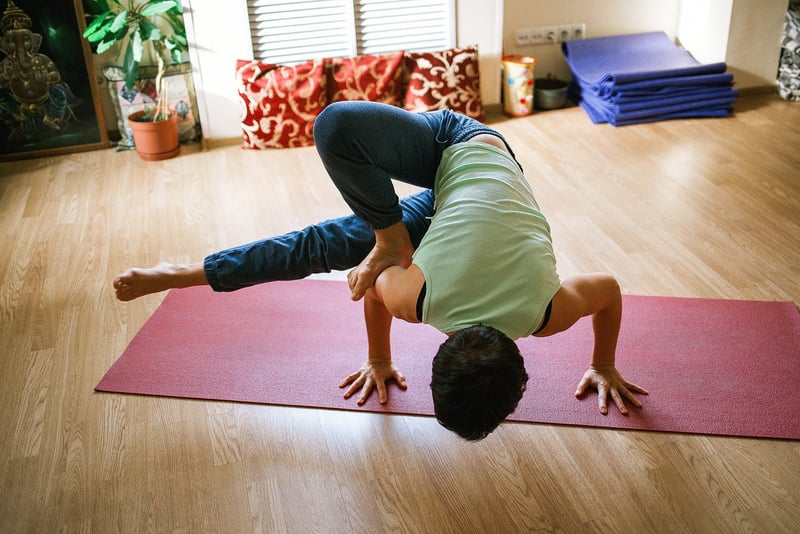Ashtanga Practice
The Power of Yoga and Ashtanga Practice for Physical and Mental Well-being
Yoga has been practiced for centuries and is known for its ability to improve physical health and mental well-being. Ashtanga Yoga, a dynamic and challenging form of yoga, is particularly effective in promoting overall wellness through a combination of physical postures, breath control, and meditation.
Physical Benefits of Yoga and Ashtanga Practice:
- Improved flexibility and strength
- Enhanced posture and balance
- Increased energy levels
- Better circulation and cardiovascular health
- Weight management and metabolism boost

Mental Benefits of Yoga and Ashtanga Practice:
- Stress reduction and relaxation
- Improved focus and concentration
- Enhanced mental clarity and emotional well-being
- Better sleep quality
- Increased mindfulness and self-awareness

How to Incorporate Yoga and Ashtanga Practice into Your Routine:
- Start with a beginner-friendly yoga class to learn the basic postures and breathing techniques.
- Gradually progress to more challenging Ashtanga sequences under the guidance of a certified instructor.
- Practice regularly, ideally 3-5 times a week, to experience the full benefits of yoga and Ashtanga.
- Combine yoga with mindfulness practices such as meditation and deep breathing exercises for a holistic approach to well-being.
Whether you are looking to improve your physical fitness, reduce stress, or enhance your mental clarity, incorporating yoga and Ashtanga practice into your routine can have profound benefits on your overall well-being. Embrace the ancient wisdom of yoga and experience the transformative power it holds for your body and mind.
Remember, always consult a healthcare provider before starting any new exercise regimen, especially if you have any pre-existing health conditions.
